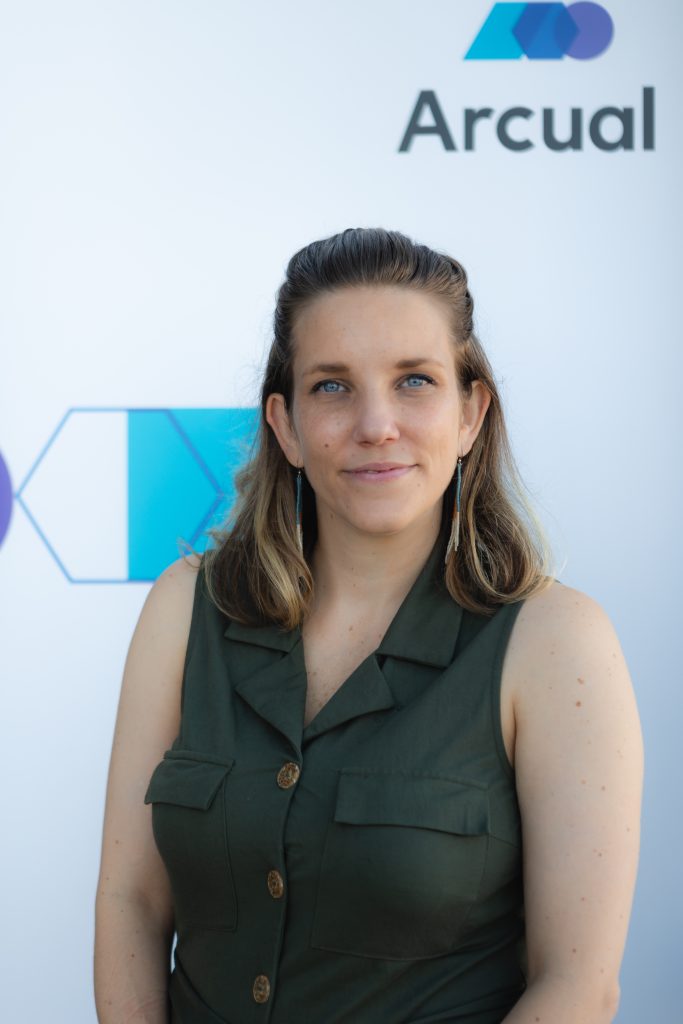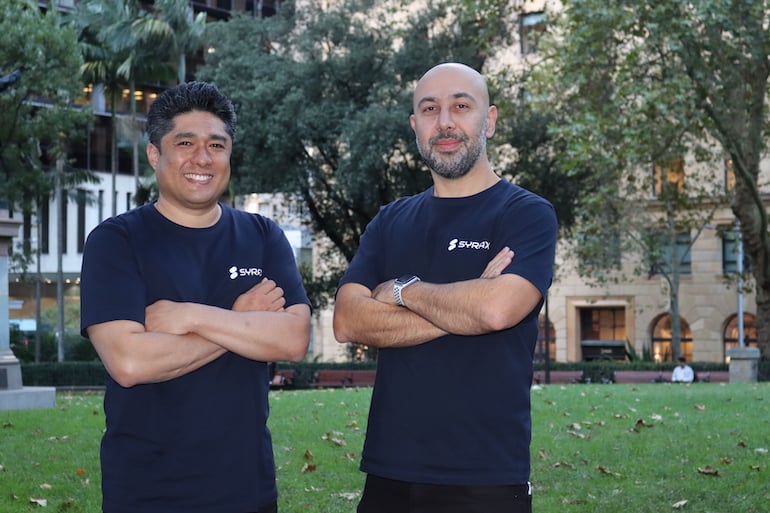A new blockchain company from Art Basel and the Luma Foundation gives artists and galleries the chance to benefit from soaring resale prices

What’s wrong with today’s art market?
It is a question to which there are many answers. Artists are largely unable to take advantage of the skyrocketing prices of their work after an initial sale, while flippers can pose as bandits. Galleries that support artists early in their careers can be left high and dry after they hit it big. A true chain of ownership is difficult to trace. Tthe list goes on.
A new company, Arcual, is leveraging blockchain technology to solve these problems and wants to change the way business as usual is done in the art market.
Co-founded by Art Basel and the Luma Foundation—two Swiss institutions with different interests (the former is a commercial enterprise, the latter a nonprofit)—the company defines itself as a “blockchain ecosystem built for the art community, by the art community.”
It is, to put it a little more finely, a custom digital ledger that hosts smart contracts designed for artists and retailers.
These contracts offer art-specific features that standard agreements often don’t: they can define payment terms, verify provenance, and ensure creators are paid royalties every time their artwork is sold. Artists can even use these agreements to dictate how their work is installed or stored and how it can be translated into the metaverse. They can quickly and easily request work for an exhibition, without having to do elaborate detective work.
“If you sell a Dan Flavin without a certificate of authenticity, it’s just a bunch of light bulbs,” explained Bernadine Bröcker Wieder, Arcual’s CEO. “That’s kind of the idea. If you sell something without the artist’s digital certificate of authenticity that they stamped with the gallery, you lose the essence of the artwork. You lose the voice of the artist.”
What Arcual is building, Bröcker Wieder continued, is “this digital voice of the artist that continues to accompany the artwork throughout its life.”

Bernadine Bröcker Wieder, CEO of Arcual. © Arcual.
The success of Arcual will depend on how much buy-in it gets from the art world – not just from artists and galleries, but also from collectors. A beta version is now being offered to galleries in the Art Basel network, but the real rollout will begin in December when the company plans to introduce its technology at Art Basel Miami Beach.
In a future where transactions take place within the Arcual universe, an artist could conceivably disavow a piece with the click of a button if the collector violates conditions agreed upon at the point of sale, such as not turning it over for a certain period of time. (Denying a work – the nuclear option – is certainly unlikely, but it is possible.)
A similar value proposition faces retailers, who can also build royalty agreements into contracts and share revenue with their artists. Doing so motivates them to support young creators, Bröcker Wieder points out. It also helps them take advantage of the still-thriving market for ultra-contemporary art: Katya Kazakina notes in the latest edition of the Artnet Intelligence Report that in 2021, artworks made the previous year generated $139 million at auction, 10 times more than a decade earlier.
For its part, Arcual will take a cut of less than five percent on all initial transactions, then a larger cut—five to fifteen percent—each time an artwork is resold.
Unlike Ethereum, Polygon and other blockchain infrastructures, where information is recorded – by design – in a public database, Arcual prioritizes privacy. What a piece of art costs, who it was sold to, where it lives – that information remains encrypted; it is available only to the parties familiar with the contract, unless otherwise specified.
The company’s database is also purpose-built for real – that is, physical – art. “This is not an NFT platform and it is not a marketplace,” Bröcker Wieder stressed. (Prior to Arcual, she founded the Vastari Group, an online marketplace for private collectors and exhibition makers.) The company is headquartered in Zurich and currently has about 20 employees.
The platform, which was incubated by BCG Digital Ventures, an arm of Boston Consulting Group, is not the first to apply smart contracts to the art industry. Predecessors using blockchain technology to record the sale of an artwork include Fairchain, Artory and Verisart. (Some charge a fixed fee on sales, others charge a percentage.)
Max Kendrick, the founder of Fairchain, said he hopes Arcual “reveals to be truly artist-first. We also look forward to learning more about the extent of their commitment to protecting user data and how they navigate the inherent vulnerabilities of smart contract architecture.”
Representatives declined to say how Luma, Art Basel and other investors will split the proceeds.
“Arcual’s technology allows us to enable what was previously sorely needed, yet impossible to enforce,” Marc Spiegler, global director of Art Basel, said in a statement. “Within Art Basel, the inspiration for Arcual came from a long-standing frustration around the fact that artists in today’s art world often do not benefit from the growth of their own market – and neither does the gallery that supported them.”
Maja Hoffmann, the mega-collector behind Luma, said in a statement that the initiative is “about placing the artists at the center, which is also the mission of the LUMA Foundation.”
“The blockchain makes sense here,” Bröcker Wieder added. “It is something that in the long term will benefit the entire system.”
Follow Artnet News on Facebook:
Do you want to be at the forefront of the art world? Subscribe to our newsletter to get the latest news, eye-opening interviews and sharp critiques that drive the conversation forward.


















![Why Bitcoin [BTC] may have one last dance at $12,800 before critical moment Why Bitcoin [BTC] may have one last dance at $12,800 before critical moment](https://www.cryptoproductivity.org/wp-content/uploads/2022/12/po-2022-12-02T134636.715-1000x600-120x120.png)





